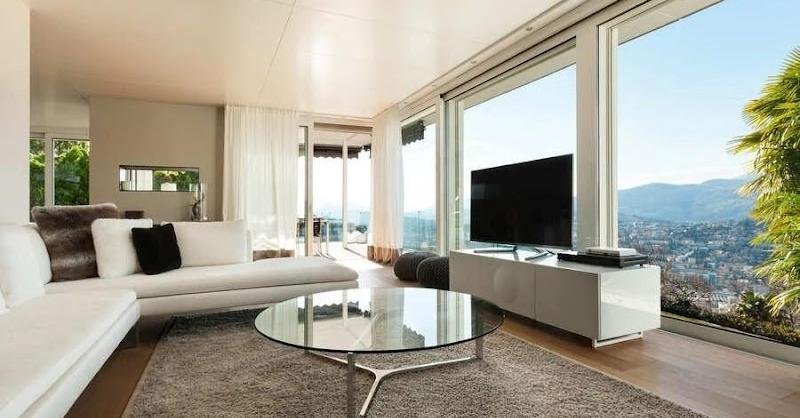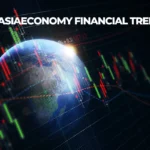The real estate and designing industries have greatly benefited from the advent of 3D architectural walkthroughs 2025, which offer a unique way of visualising spaces before they have been constructed. Losing scope of architecture when explaining a floor plan to a client is no longer common, as these virtual tours allow clients, architects and developers to experience the look and layout of a structure.
With technology advancing, we are able to make sense of and interact with structures in unprecedented ways, paving the way for the next evolution of 3D architectural walkthroughs. As we come closer and closer to 2025, new technologies are bound to make these walkthroughs more realistic and engaging.
Trends In Technology That Are Likely To Prevail By 2025
The demand and expectations regarding 3D Architectural Walkthrough continue to evolve rapidly along with the technological evolution. Following are a few architectural visualization trends that are likely to define this arena by the year 2025:
VR and AR’s Integration in the Architecture
The domain of architectural modeling has already begun experiencing the effects of two technological advancements, namely Virtual Reality and Augmented Reality; architectural 3D walkthroughs fully integrated with VR will be available in the real estate design market in 2025.
With the aid of VR headsets, clients will be able to view buildings as if they are present in the building, traversing through rooms and designs and taking on various perspectives of the building. AR, too, has an impact as it allows users to visualize a 3D representation of a structure superimposed onto the real world.
Improvements brought on by AI for Rendering Processes
Sustainable 3D rendering will have the capacity to produce results at a much quicker rate without quality being an issue, thanks to AI assisting in automating and enhancing some of the features.
AI in 3D rendering can examine textures, lighting, and shadows to provide better walkthrough experiences. With the consistently developing AI, rendering will be able to produce even more refined and three-dimensional elements as well, which will better the virtual setting within which it is placed.
This will provide more convincing depictions of lighting as well as real-life materials while also cutting down the time it takes to do so.
Usage in Marketing Real Estate Businesses
3D walkthroughs alongside the actual photos and videos provide potential buyers with the next level of engagement with the properties, allowing them to be interactive. Rather than viewing a fixed image or video, with the use of virtual space, clients can walk through a property and perceive its flow, layout, and feel.
This increased engagement results in a clearer form of communication and decision-making for the buyers. Specific features or regions of the property can also be highlighted with the help of real estate walkthrough animation for a more detailed and enhanced experience.
When real estate agents photograph homes for their clients, they can vividly recall the details of properties with stunning perspectives to boast about. This significantly bolsters customer conviction, reaping higher success rates among clients.
Efforts in Sustainability and Enhancing Efficiency Using 3D Walkthroughs
The ability to visualize concepts for eco-friendly designs through a 3D model is one of its strongest features. Realistic visualization encompasses the eco-friendly aspects of architecture, for instance, lifelike walkthroughs can be equipped with visuals showcasing the installment of solar panels, green roofs, or passive heating and cooling systems alongside energy-efficient construction materials.
Walkthroughs aid in elucidating the ecological influences such designs can have, to both clients and investors, making it easier for such users to comprehend why eco-construction materials are ideal for certain real estate projects.
They can also assist in portraying ecological effects through simulations, this includes the measurable effects of sunlight on a buildings energy consumption throughout the day or how such energy consumption and water usage can be optimized. Clients are offered simulations to glue together the aesthetic qualities of the design and long-term economic benefits, which makes for easier promotion of sustainable designs.
Final Thoughts
In essence, the key players in the architectural field began to understand the great potential that the combination of expert knowledge with technological innovations, including those provided now by architectural walkthroughs, presents to the industry.
At the end of the day, it is expected that by 2025 it will’ve been transformed into something more commercial than actual walkthroughs. For now, the architecture design sector is moving towards the integration of AR and VR in real estate design, and as a consequence fully immersive experience for the target audience.
If you need solutions in this technology – contact to 3d visualization studio Genense.










